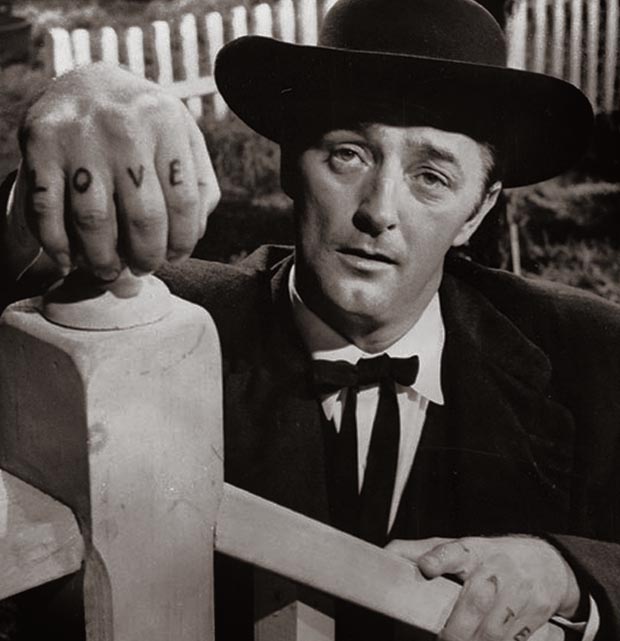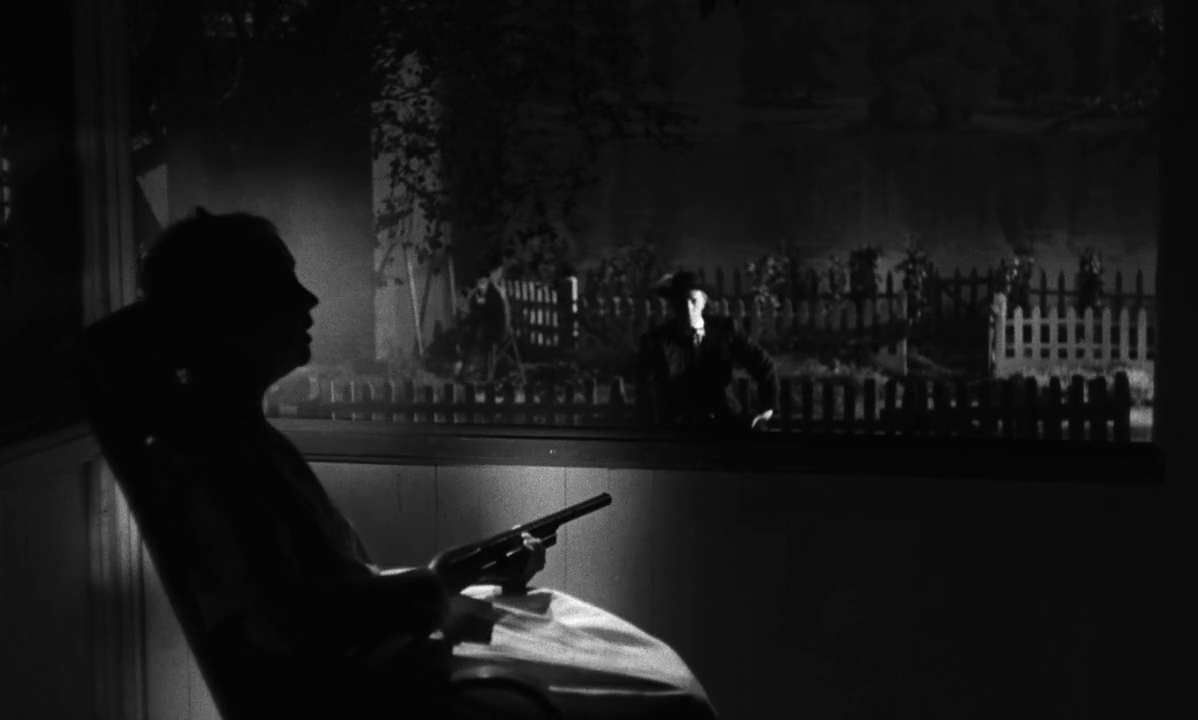Hello the MLE,
I want to tell you about this film, as I absolutely loved it - and you know how I hate almost all the films I watch. I am so indebted to my friend FIA, who is a movie expert, who invited me to head over to the BFI (British Film Institute), to see it on the big screen.
The film is called, “The Night of the Hunter,” and evidently an American “film noir.” A slab of Southern Gothic set in the Depression era with and expressionistic look – all oblique angles, long shadows, shot in black-and-white; stylistically it was a throwback to 30 years before. Its is this look that heightens its sense of dread. And completely sets it apart from all other Hollywood films of the 1940s and 1950s.
The Night of the Hunter is now regarded as a masterpiece of American cinema – which seems all the more remarkable for being the only film director Charles Laughton ever directed. Of course, it was not a success with either audiences or critics at its initial release, and as a result Laughton never directed another film. Such a shame.
The first still above shows Robert Mitchum playing Reverend Harry Powell, a crooked, demented preacher who preys on the weak. He’s an unforgettable, iconic character: on each knuckle of his right hand, the four letters, L-O-V-E are tattooed; on the left hand, it’s H-A-T-E. (For years afterwards, young men who considered themselves tough guys would get similar tattoos.) Mitchum's performance, in particular, has been praised over the years at last, and he is amazing.
The second still above shows the gorgeous lighting arrangement in The Night of the Hunter. The placement of the key light off the subject to create a silhouette - while illuminating Robert Mitchum in the background. This plays off the conventional association of light with good and darkness with evil. Beautiful. DOP Stanley Cortez has says, “‘Apart from The Magnificent Ambersons, the most exciting experience I have had in the cinema was with Charles Laughton on Night of the Hunter.’”
A recurring musical device involves the villain preacher making his presence known by singing the traditional hymn "Leaning on the Everlasting Arms." Which is creepy and sticks in your head.
Watch a clip here.
Suzan xx





